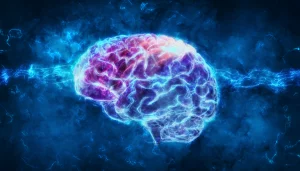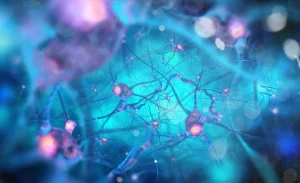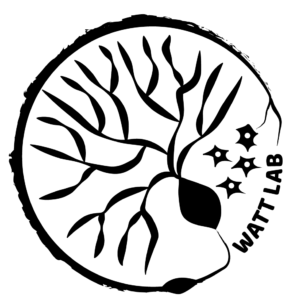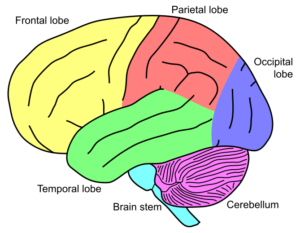
Arrival of SCA1-fish: Expanding the research tools to study Spinocerebellar ataxia type 1
Written by Dr. Marija Cvetanovic Edited by Dr. Larissa Nitschke Elsaey and colleagues develop a new animal model of SCA1 using zebrafish. These SCA1-fish can help researchers learn more about what happens to neurons as disease progresses. Spinocerebellar ataxia type 1 is dominantly inherited spinocerebellar ataxia caused by the lengthening Read More…

















